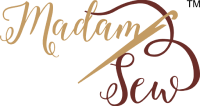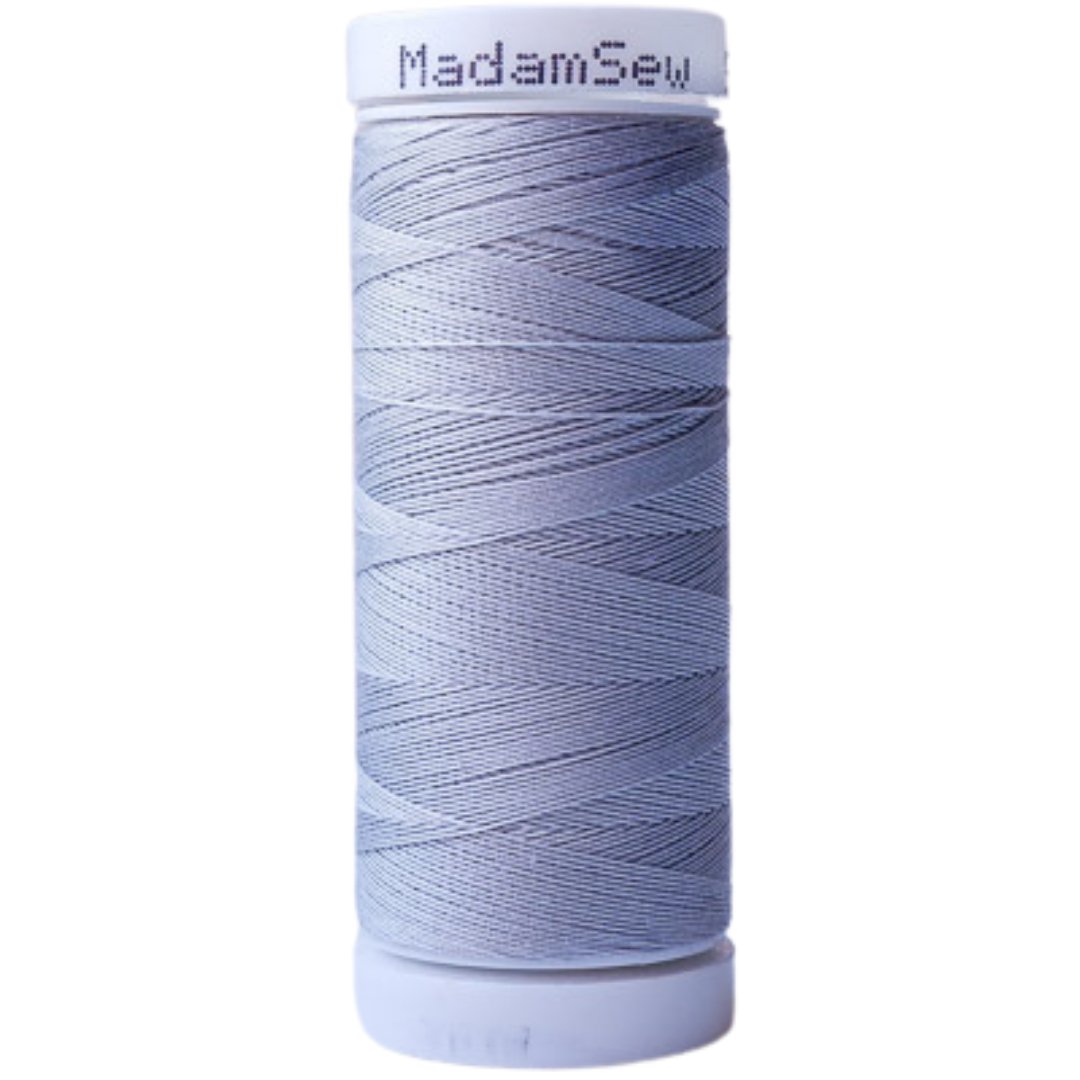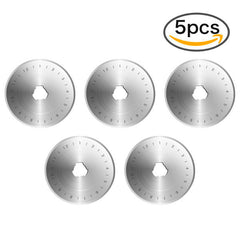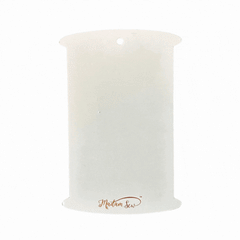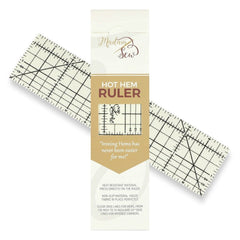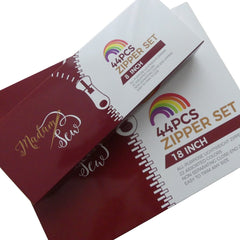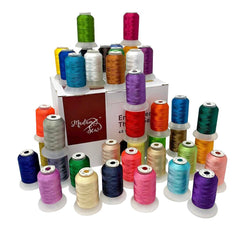Finishing A Quilt with Binding for Beginners
The final process of making a quilt is covering the raw edges of the quilt sandwich with binding. There are many methods to binding a quilt, by hand or by machine, but all have a few things in common. I will explain this in detail in this blog and show you a straightforward way to make binding and attach it to your quilts.
If you want to learn about other steps in the quilt-making process, be sure to check out our Beginner Quilting Series, starting with Basic Quilt Terminology, followed by an overview of the Materials you Need to Start Quilting and the Making your First Quilt.
Making Binding for a Quilt
Binding should always be equal in thickness and width around the quilt. Do not tuck one end into the other as this results in a big lump and is obvious where the binding ends. The right way is quite easy and will result in a joining seam that cannot be distinguished from the other seams in the binding.
Cut Binding on the Bias or Straight Grain
Decide if your binding needs to be cut on the bias or straight of grain. Heavily used quilts do better with bias strips as the fibers go over the edge at an angle rather than running the length of the edge of the binding. This will make the binding stronger. However, straight-of-grain strips do fine for many quilts and take less fabric.
Use Mitered Seams to Make the Binding
Making the binding doesn't have to take long. Binding is made out of strips that are sewn together. It is best to use a mitered seam when attaching the strips. Mitered seams distribute the thickness of the seam over a larger area, it reduces bulk making it easier to feed through the sewing machine and you will get a better result in the end.
So, let's start with that. Cut your strips to the width you want depending on how you plan to attach them. If your quilt does not have borders, it is best to use a quarter-inch binding so your blocks won't have points cut off. I like to have borders and a generous binding, so I use 2-1/2 inch strips, but if you want a quarter-inch binding, you might want to decrease the size of your strips to 2-1/4 inch wide. Cut enough strips to go all the way around the edge of your quilt, plus an overlap of about 8 inches.
See the Madam Sew post on Rotary Cutting Basics for detailed instructions on using a rotary cutter and safety.
Align two strips, right sides together, perpendicularly with the horizontal strip on the bottom and the vertical strip on the top, with about 1/4-inch extended on both strips for a seam allowance. Mark a 45-degree angle on the top strip intersecting the overlap points.
You can do this easily using the 45-degree angle on the Madam Sew 6-inch Square Ruler.
Sew across on the marked line.
Trim to a 1/4-inch seam. Clip off the 'ears'.
Press the seam open, and then on the outside of the seam to set it.
Press the Binding in Half Lengthwise
Then press the binding strip in half along the long side, wrong sides together.
The joining seam will distribute over the edge instead of bunching up creating too many layers in one spot.
Attaching the Binding to a Quilt Sandwich
When the binding is made, lay your binding loosely on the quilt to be sure that where you start will not put a seam on a corner. Adjust it if needed.
Begin sewing the binding onto the quilt top by meeting the raw edges of the binding and quilt. Sew with the desired seam depth starting about 6-8 inches from the end. In other words, leave the end loose for now. You’ll see why this is important later.
Attach Binding at the Corners of a Quilt
As you are coming close to the corner, stop sewing (needle down helps but isn’t required). Fold the binding fabric back over itself to the right forming a 45-degree crease. The bottom edge of the quilt and the binding should be at the same level. Finger press this crease hard.
Be sure your edges line up so your crease is just right. If it is difficult to see the crease, mark it. Sew up to the line, then backstitch two or three stitches to lock them. Tie off and clip threads.
Now, fold the fabric to the right again along that creased line then back over itself along the bottom edge of the quilt.
Line the fold up with the edge you just sewed. This is very important to making that perfect mitre.
Begin sewing the next section on the edge of the folded corner.
You don’t want too much or not enough fabric in that corner, accuracy pays off, so do this carefully.
Finishing the Binding on a Quilt The Right Way
Continue around the whole quilt, stopping when there is 6-8 inches of binding left at the end and an unsewn area on the quilt of 8-10 inches.
Start with the left end. Lay it out on a cutting line on your board and make a 45-degree cut. The end should be approximately in the middle of the open space on the quilt. You need that open space to make it easier to get the ends under your presser foot on your machine. I use the lines on my cutting board, but you can also use a ruler that has a 45-degree line.
Then place it back on the quilt lining up the bottom edge. I like to pin it down so it doesn’t shift.
Lay the right side of the loose binding on the quilt lining up the edges.
Mark the 45-degree line on the binding where the left side ends. I use small marks on the edge.
Mark a second line 1/2 inch to the left of the first line. Make this one a solid line so you know which one to cut. This will give you a precise 1/4-inch seam allowance for both ends.
Cut the fabric on the left, solid line.
Line up the ends, right sides together, and offset them so a 1/4-inch seam will start and end at the points shown in the photo just like you did for the strips before.
Pin and sew.
Press the seam open, then press the strip in half like the rest of the binding.
The binding will be exactly the right size to fit the space left. Machine stitch as before.
Perfect fit.
To finish, bring the binding over the raw edge firmly to the back so the batting fills the binding, and the edge covers your stitching line on the back. Hand stitch to the back.
Using a Specialty Presser Feet to Attach Quilt Binding
Many quilters like to do the binding all by machine. If you want to do this, begin the sewing by attaching the binding to the backside first using your quarter-inch quilting foot also called the Madam Sew 1/4-Inch Flanged foot.
Then fold to the front and machine stitch down. This will give a nice appearance to the front as you can control where the topstitching lands on the binding. I like to use the Madam Sew Roller Foot (#7 in your Madam Sew Ultimate Presser Foot Set) for this as it keeps the binding flat and straight as it moves under the needle, and I can see the stitching line is right on the folded edge for consistency.
This same procedure works for quilts with different angles at the corners, like hexagonal quilts, or things like table runners with points on the ends.
The application of binding is so important that it can mean the difference between winning a ribbon in a show and not winning. Judges look for three main things in a binding.
- First, the binding must be full of batting, no spots where there wasn’t enough.
- Second, the corners must be perfectly mitred on both sides.
- Lastly, the joining point must not be apparent. No tucking one end into the other. The seam must be the same as any other seam in the binding, with no puckers or pleats.
It is always good to have the best tools on hand. Find good quality quilting products on MadamSew.com to continue your quilting adventure.
Have fun quilting, and be sure to take a look at other Madam Sew Beginner Quilt tutorials:
- Basics and Tools with a Simple Block
-
Making Half-Square-Triangles
- Choosing Colors for Quilting
- Choosing Battings for Quilting
- Adding Borders to Quilts
- Invisibly Join Binding
And don't forget to subscribe to the Madam Sew blog so you don’t miss a thing!
Happy Quilting!!
